In It’s time to give back the loot, Geoffrey Robertson questions, By what right do western museums and billionaire collectors keep property they know to have been stolen in earlier times? A new cry for justice is beginning to unsettle our cultural elites.

here is a new cry for justice that is beginning to unsettle the cultural elites of Europe and America: it is a demand by formerly subjugated peoples for the return of their heritage – the art and artefacts plundered in previous centuries by brutal colonial armies, rich collectors and grasping missionaries. By what right do western museums and billionaire collectors keep property they know to have been stolen in earlier times, often looted in the course of what would now be termed crimes against humanity? No less than 90 per cent of African heritage, for example, resides in European museums, while the British Museum refuses to return to Greece one half of the Parthenon Marbles – the world’s greatest extant treasure – and meanly clings to objects of iconic significance to our own indigenous people. It’s time for their return: no longer can once-great powers get away with mealy-mouthed words of apology and regret for colonial abuses. They must surrender their loot.
Mighty museums such as the Metropolitan in New York, the Getty, the British Museum and the Victoria and Albert Museum in London, the Louvre, and the Humboldt Forum in Berlin lock up the precious legacy of other lands taken in wars of aggression, or by theft or duplicity. This means that the valuable treasures of antiquity are withheld from the people whose ancestors created them and which could inspire their youth anew with the stories they tell. But until recently these powerful museums, and the agents and auction houses of the notoriously corrupt antiquities market, have refused point blank to return goods stolen before 1970 (the date of a UNESCO Convention on the subject), unless they were stolen by the Gestapo.
There has been some acknowledgment of the need to return human remains, after Tasmanian Aboriginal people successfully sued Britain’s Natural History Museum for the return of the skulls and bones of their ancestors in 2007. But in the case of antiquities, museums in Britain and France cling to colonial-era laws that prevent them parting with any of their possessions on the pretence that they are owners of the property – no matter how wrongfully it was obtained.
The claim of the playground bully, “finders keepers”, was the museum motto until last year, when French President Emmanuel Macron made a dramatic announcement: “African culture heritage can no longer remain a hostage of European museums” and should be returned to the countries from which it had been looted. This would include the amazing masks from Dahomey (southern Benin), which inspired Picasso after being exhibited in Paris following seizure by the French army in 1892, and the Benin bronzes, evidence of a highly developed African civilisation as early as the sixteenth century, plundered by a British “punishment raid” in 1897 and sold throughout Europe to defray the costs of an invasion that would now amount to a crime against humanity.
Macron’s demand – that wrongfully taken cultural property should be returned – has a much wider application. Lord Elgin never offered to pay for the marbles because he knew the Ottoman occupiers of Greece would never allow him to strip the Parthenon. Instead, he lavishly bribed local officials to turn a blind eye while his workmen ripped the statues off its walls and then abused his position as British ambassador to have them transported to London aboard British navy ships. They are now exhibited around the walls of a gallery that commemorates Joseph Duveen, an art fraudster. They would most be appreciated if reunited with the other half of the marbles in the New Acropolis Museum in Athens, built especially to display them and overlooked by the Parthenon itself. The Frieze, carved in 440BC, is like an ancient newsreel, depicting the citizens of the world’s first democracy walking, talking and drinking in a procession celebrating peace. The British Museum misinforms its visitors to cover up Elgin’s looting and, by refusing to allow the marbles to be reunited, perpetrates his act of vandalism on the most important remaining wonder of the ancient world.
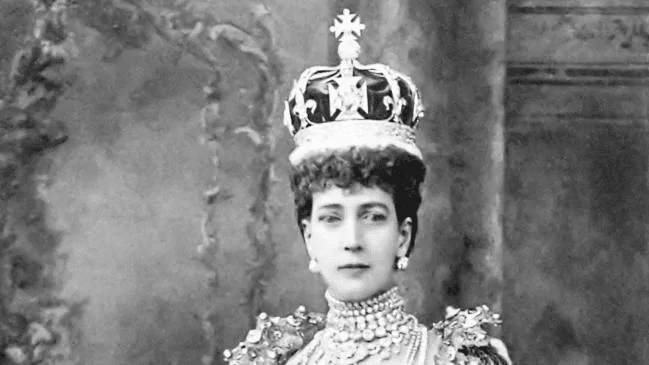
Many of the artefacts in the museum were seized in brutal acts of aggression by the British army or the troops of the East India Company. Not only in Africa: in India, the Koh-i-Noor diamond was taken from a 10-year-old maharajah who was later forced to present it to Queen Victoria. India wants it back, but it is now among the “royal jewels” in the Tower of London, waiting to feature in the next coronation atop the crown of Queen Camilla.
In my view the worst 19th century crime against humanity was the Opium Wars, the obscene British policy of forcing opium on the Chinese – addicting millions of them – to redress a trade imbalance caused by English addiction to Chinese tea. Lord Elgin’s son, at the head of British and French troops marching on Peking, perpetrated a crime even worse than his father’s: he looted the Old Summer Palace (one million precious antiquities were taken to Europe) and then burned the palace to the ground, with a hundred servants and eunuchs consumed by the flames. China is trying to buy its treasures back.

Egypt, too, is demanding restitution – notably of that embodiment of ancient beauty, the bust of Queen Nefertiti. It was discovered by a German archaeologist who covered it in mud to avoid detection, and Egypt was furious when it was later exhibited in Berlin. Hitler insisted that Nefertiti should have pride of place in his proposed Führermuseum, and Germany still refuses to send her back. Egypt also claims the Rosetta stone, although with less justice – this was an abandoned piece of granite until its hieroglyphics were deciphered by French and British scientists after it was deposited in the British Museum, where for that reason it should stay.
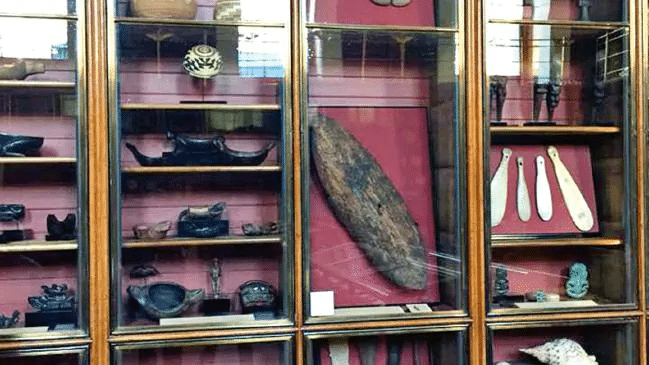
Australia, too, has restitution claims, most notablyfor the Gweagal Shield. It is just a lump of bark with a bullet-shaped hole, but it is iconic because it is believed to have been collected from Botany Bay in 1770 by Captain Cook after he had fired on Aborigines who evinced hostility to his landing party. The warrior who dropped the shield (identified by indigenous historians as Cooman) is said to have later died from the wound. His shield is witness to the first shot fired in anger against Aborigines (the first of tens of thousands of indigenous deaths from white settler violence). The shield should be returned to the Gweagal people, for whom it is freighted with such historic meaning. Instead, it lies in an unobtrusive cupboard in the “Enlightenment Room” of the British Museum, hardly noticed by visitors, with a disingenuous label claiming that Cook merely fired “warning shots”. He did not – he fired at the man with the shield. Captain Arthur Phillip, who arrived at Botany Bay 18 years later, was met by Aboriginal people who doubtless remembered Cooman. Phillip found a better way of communicating – by ordering his landing party of marines to drop their trousers, rather than raise their muskets. The sight of their wrinkled scrota is said to have produced giggling, and some welcoming noises.
The shield belongs to Gweagal people and not to the British Museum. But what about the ship in which it was conveyed, along with spears and other artefacts? What is left of the Endeavour has now been discovered lying in the mud off Rhode Island and there are plans to salvage it. For Australians it is symbolic both as the forerunner of British settlement and for indigenous people as the harbinger of invasion. It should be acquired as cultural property and exhibited at the Australian National Maritime Museum in Sydney, so citizens can contemplate in awe a ship smaller than some of the ferries that ply their harbour but which brought such consequences – good and ill – to the Great South Land.
“Cultural property” can exist in artefacts that have never physically existed in the country to whose people they have the most meaning. The most iconic piece of Australian heritage I have come across in London is the tombstone of our first expatriate, Yemmerrawanne, the young Aboriginal man brought with Bennelong to Britain by Arthur Phillip in 1793. He stayed, only to die from pneumonia in his first English winter, and Phillip was so moved by grief and guilt that he bought an expensive tombstone to adorn his grave in a south London churchyard. Subsequently his remains were thrown out (the Church of England needed to make room for its wealthy white parishioners) and are now lost forever, but the tombstone remains – a target for local drunks and racists who urinate on it after closing time. I offered to buy it to present to Sydney University but was refused, as was a request to place it inside the church.
There are other examples of cultural heritage that should be reclaimed for Australia as the nation for which they are most meaningful. Take the murals of St Luke’s Gospel, which gave succour to thousands of Australian POWs and helped them endure torture from Japanese guards at Changi prison after the fall of Singapore. These marvellous murals have been locked away unseen in a Singapore army barracks, while replicas stand in a prison museum that seem permanently closed (although TripAdvisor predicts that it may reopen at the end of 2020). If our evangelical prime minister cannot be bothered to obtain the originals for the War Museum, this example of our cultural heritage – which would be inspiring to all Australians because of the comfort it gave to our captured soldiers – will remain unseen and unappreciated. Cultural property should belong to the nation to whose people it means the most.
That is now the claim being advanced by manycountries which have been conquered or colonised in the past. Not only in respect of loot in Western museums or former Nazi expropriations: Asian countries are demanding the return of artistic and religious heritage stolen by the Japanese army during World War II. The principle that wrongfully acquired cultural property should be returned has been recognised by courts in England, Ireland and the US, which have ruled that nation states have “sovereignty” (ie, a powerful right to possess) over items important to their people’s heritage, and in consequence an enforceable right to restitution of “keys to their history”. The UN Declaration on the Rights of Indigenous Peoples entitles them to “restitution of spiritual property taken without their free and informed consent or in violation of their laws, traditions and customs” and the laws of most advanced countries require that art originally seized by the Nazis should be restored to descendants of the original Jewish victims. There is no logical reason why the restitution principle should not apply for the benefit of people whose cultural property was seized in colonial invasion or taken by theft – as Elgin took the Parthenon Marbles.
This is the most powerful restitution demand and it has been made by the Greeks ever since they gained independence from the Ottoman Empire in the 1830s. It may become the test case now that Britain has refused a UNESCO request to mediate with Greece. Last December, a large majority of members of the UN General Assembly voted in favour of the restitution principle and may refer the issue to the International Court of Justice for an “advisory opinion”, which the UK will be bound to honour. (Its Conservative government is adamant that the Marbles must not leave the British Museum; Jeremy Corbyn has promised Labour will return them to Greece. Opinion polls show most British people agree.) The marbles are unique and the case for reuniting them exceptionally powerful. Demands for the return of other antiquities must be decided by rules that do not yet exist.
UNESCO does have a convention, ratified by most states, requiring the return of cultural property unlawfully exported from its state of origin. This has been to some extent successful in combating the trade in smuggled antiquities – as former PM Tony Abbott discovered when he had to return, with apologies, the Dancing Shiva stolen from an Indian temple and sold to naive National Gallery Australia officials. But it applies only to objects unlawfully taken since 1970 and places no obligation on those who deal with or exhibit antiquities plundered in aggressive wars or obtained by cheating or threatening oppressed peoples.
A new international convention is needed, and a set of rules for museums and collectors and auction houses to decide on the claims for restitution that are besetting them from states or ethnic groups demanding to retrieve wrongfully taken cultural property. The law need not apply to all antiquities but to those of significance, either because they are “keys to the history” of a nation or have a religious or spiritual connection to a past that remains of relevance today. For items of universal importance, such as the Marbles and the Rosetta stone, the question should turn on where they can best be studied and appreciated – the former, obviously, in the New Acropolis museum dedicated to their story, but the latter should stay in the British Museum where it has been deciphered and remains the most popular exhibit.
As for “spoils of wars” – especially plunder from brutal colonial invasions by European powers – this should be returned to the people from whom it was seized. So too should antiquities extracted wrongfully, such as “gifts” made from intimidation or by deceit. So should heritage items that were taken unconscionably, such as the Koh-i-Noor diamond. And cultural property left to languish unseen in museum storerooms should certainly be returned: the British Museum exhibits only four per cent of its horde, and hides from public sight some 6000 items taken without permission from Australia’s indigenous people.
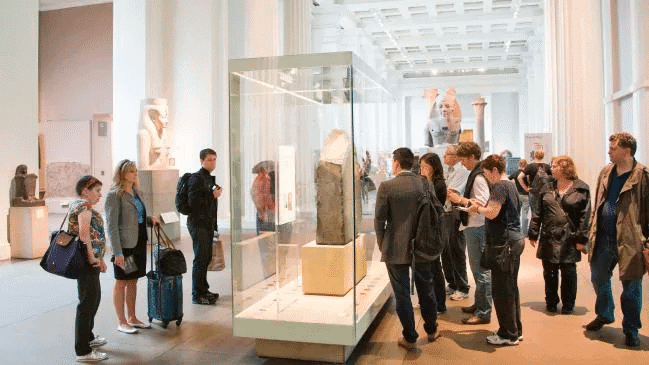
There must, of course, be exceptions. Preservation of priceless antiquities is essential and it would not be right to return them, for example, to Libya (plundered by the Italian army in 1914) while its civil war rages. Museums in some states of origin are in states of deterioration (no air-conditioning) or are plagued by corrupt administrators (items that Belgium restored to Zaire some years ago quickly appeared on the black market in Europe). The right to restitution should also be denied to states that plan to use the artefacts for the propagation of false history. They are entitled to tell their own history in their own way (my book provides many examples of how major museums whitewash colonialist atrocities). And since the emerging law of restitution is itself the result of the human right to enjoy one’s own culture, allied to the human right for justice, it is objectionable to return cultural objects to states that trample on the rights of the very people in the name of whose culture they seek that return. Should treasures be returned to Turkey while its jails are full of judges and journalists, or to China while it locks up human rights lawyers and pro-democracy campaigners?
Human rights treaties insist on our entitlement toenjoy culture, and the emerging demands for restitution provide evidence of how a people can lose or misunderstand the heritage of their own country when it is kept under lock and key in foreign museums or private collections in New York and Malibu. These claims for repossession are demands for justice: in law, after all, a thief must return the property he has stolen, no matter how long he has kept it or how much he has enhanced its value. The point was first made by Cicero when he prosecuted Verres, the corrupt Roman governor of Sicily, for plundering its people of their art, sculptures and sacred objects for display in the Forum. Cicero’s speech, demanding retribution and describing the woe of visiting Sicilians as they saw their heritage on display for their conquerors’ curiosity, has echoed down the ages. It is time, 2000 years later, to adopt his argument that culture belongs in law to dispossessed people to whom it belongs in spirit.
Geoffrey Robertson It’s time to give back the loot, AO QC is the author of Who Owns History? Elgin’s Loot and the Case for Returning Plundered Treasure (Knopf Australia, $39.99), out Tuesday

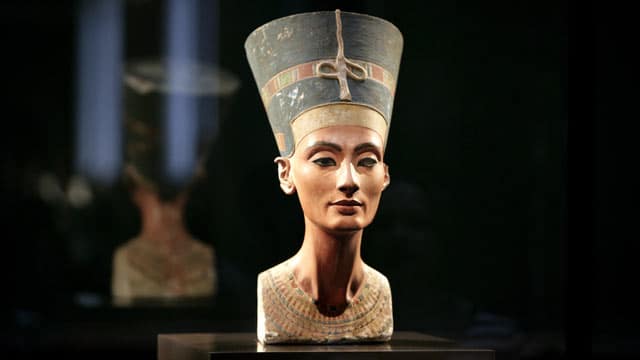


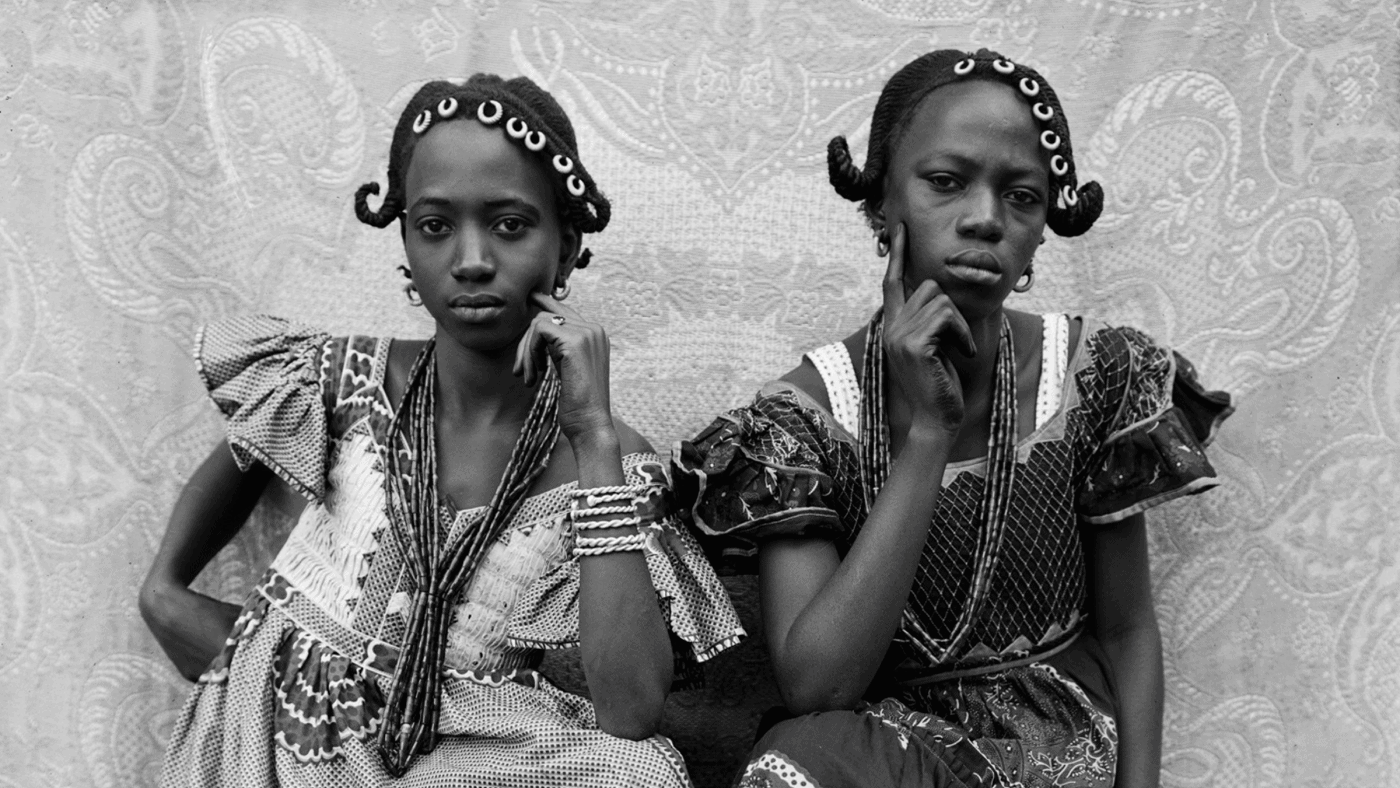
 No products in the basket.
No products in the basket.